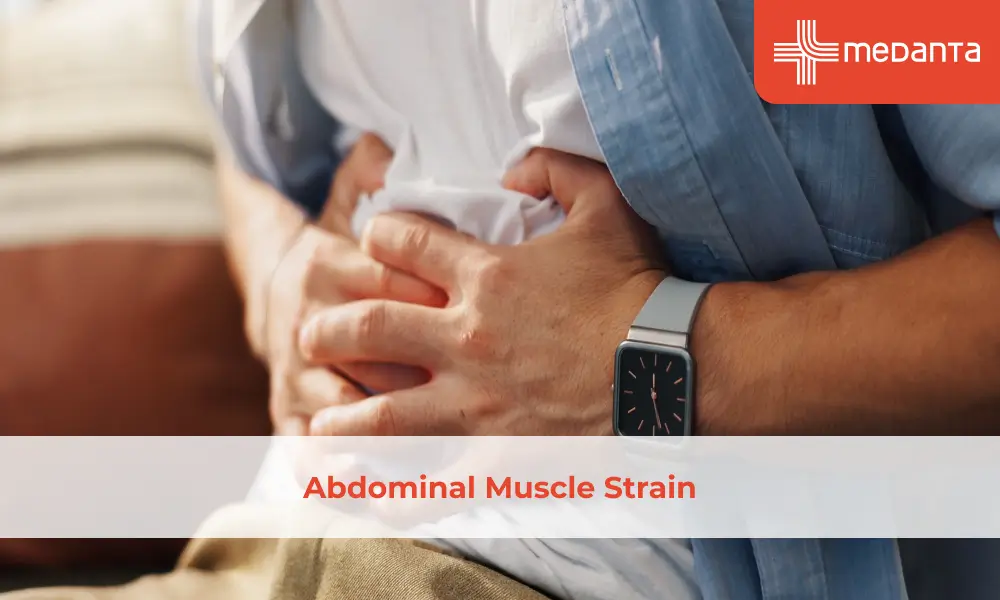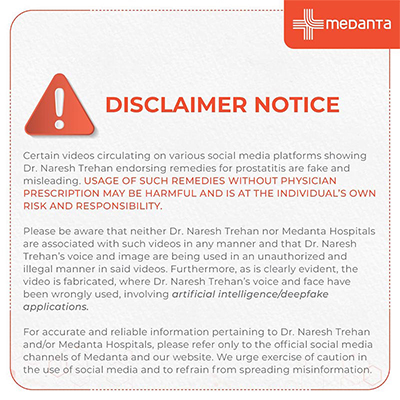Robotic-assisted Mastectomy & Breast Reconstruction: A New Era in Breast Cancer Treatment

TABLE OF CONTENTS
Robotic mastectomy & breast reconstruction has revolutionised breast cancer surgery since its international introduction in 2015, delivering remarkable improvements in patient outcomes. Studies show that robot-assisted nipple-sparing mastectomy procedures reduce nipple necrosis rates to just 2.2% compared to 7.8% in traditional approaches. Robotic-assisted breast reconstruction can utilise autologous tissue (tissue from the patient's body) or implants to rebuild the breast, ensuring optimal breast symmetry and aesthetics.
This innovative surgical technique, particularly with single-port technology, offers smaller incisions while maintaining surgical precision. However, clinical trials have demonstrated that patients undergoing robotic nipple-sparing mastectomy retain breast sensitivity—a significant advancement in preserving the quality of life after breast cancer surgery.
This comprehensive guide explores the latest developments in robotic-assisted mastectomy, examining its benefits, current challenges, and what patients should know about this cutting-edge surgical option.
What is Robotic-assisted Mastectomy & Breast Reconstruction
Robotic-assisted mastectomy and breast reconstruction procedures mark a significant advancement in breast cancer surgery, allowing surgeons to remove breast tissue and reconstruct the breast while preserving the nipple through small, precise incisions. The procedure employs sophisticated robotic technology to enhance surgical precision, control during complex breast operations, and better transplant tissue & implant handling.
How the robotic system works
The da Vinci surgical system is the cornerstone of robotic mastectomy procedures. During the operation, surgeons make a small incision in the armpit area, through which they insert the robotic instruments. The system features a high-definition 3D camera that provides detailed images superior to the naked eye.
The surgeon controls the robotic arms from a console across the operating room while another surgeon remains at the patient's bedside. The robotic system's flexible camera tip is designed to manoeuvre precisely, enabling a thorough assessment of the entire breast space.
Key components of the robotic system include:
A single instrument arm with four drives that enable detailed movements through a narrow 2.5-cm cannula
Flexible 3D camera with enhanced visualisation capabilities
Specialised surgical instruments with a greater range of motion
Advanced controls allow 360-degree rotation and 120-degree pitch movements
Different types of robotic mastectomy
Two main approaches have evolved in robotic mastectomy techniques:
Multi-port System: First introduced in 2015, this technique uses multiple entry points and requires a 2.5-6 cm axillary incision. The system employs several robotic arms and a camera, although it can create blind spots due to the rigid camera scope.
Single-port System: This newer approach, developed in 2018, offers several advantages over the multi-port system. It requires only one small incision and provides better visualisation through its flexible camera. The single-port system also reduces potential arm collisions and offers improved efficiency in surgical movements and tissue handling.
Both techniques share common surgical principles, including:
Manual sentinel lymph node biopsy through the axillary incision
Use of tumescent solution for hydrodissection
Intraoperative evaluation of the nipple-areolar complex
Immediate prosthetic reconstruction options
Clinical studies have shown promising results for robotic mastectomy & breast reconstruction procedures.
Benefits of Single Port Robotic Mastectomy & Breast Reconstruction
Single-port robotic mastectomy stands out as a notable advancement in breast cancer surgery, offering substantial advantages through its minimally invasive approach. The procedure utilises a flexible three-dimensional camera system alongside specialised robotic arms, enabling surgeons to perform precise operations through a single small incision.
Smaller surgical cuts
Robotic mastectomy and reconstruction procedures are performed through a single incision (2.5 cm narrow incision), further minimising scarring and improving aesthetics. Surgeons can access the entire breast area through this single entry point while maintaining excellent visibility. The system's compact design features four instrument drives attached to one instrument arm, enabling detailed movements within the confined space.
Moreover, the single-port robot enters through the armpit rather than making cuts beneath the breast, thereby preserving crucial nerve pathways. This approach has demonstrated remarkable success, with studies showing successful completion of procedures without the need for conversion to open surgery.
Better breast feeling after surgery
Perhaps the most groundbreaking benefit lies in the preservation of breast sensation after surgery. Clinical data reveals promising outcomes:
80% of patients retained breast sensation following the procedure
65% of patients maintained measurable nipple-areolar complex sensation between 4 to 36 months post-surgery
Women reported experiencing both soft touch and pressure sensations in their nipples and breasts
The enhanced preservation of sensation stems from several technical advantages. The robotic system's precise control allows for better visualisation and preservation of blood supply to the nipple-areolar complex, which results in a lower occurrence of nipple necrosis.
The procedure's success in maintaining breast sensation marks a significant milestone in breast reconstruction. Studies indicate that breast sensation directly correlates with increased patient satisfaction following reconstruction. This advancement addresses a crucial aspect of recovery, as women often struggle with the loss of physical sensation after traditional mastectomy procedures.
The single-port approach likewise demonstrates superior outcomes regarding blood flow, primarily because incisions near the nipple are unnecessary. This technical advantage, combined with the system's precise surgical capabilities, enables surgeons to perform detailed procedures whilst minimising tissue trauma.
Current Challenges and Limitations
Despite the remarkable advancements in robotic mastectomy, several challenges still need addressing before this surgical approach becomes widely accessible.
Cost factors
The financial implications of robotic mastectomy present substantial hurdles.
Studies reveal that robotic nipple-sparing mastectomy costs more than traditional open procedures. Consequently, patients face increased out-of-pocket expenses for robotic procedures.
Training needs
Surgeons must undergo extensive specialised training before performing robotic mastectomies. Surgeons need appropriate training and practice to gain an understanding of the learning curves.
Who can get this surgery?
Patient selection criteria remain specific and stringent. Ideal candidates should:
Have tumours up to 5 cm with at least 3 mm distance from the skin
Present with a breast size of C cup or smaller
Have non-ptotic breasts
Be at clinical stage IIIA or lower
Additionally, patients must maintain a normal body mass index and should not smoke. The procedure suits those requiring risk reduction or those with early-stage breast cancer without nodal involvement.
Currently, ongoing randomised trials evaluate robotic breast surgery's advantages, oncologic outcomes, and cost-effectiveness. These studies aim to address concerns regarding surgical safety and long-term outcomes, ultimately determining the procedure's broader applicability in breast cancer treatment.
Conclusion
Robotic-assisted mastectomy stands as a significant step forward in breast cancer treatment. The technology offers remarkable benefits through smaller incisions and better preservation of breast sensation. Studies show clear advantages, especially with single-port systems that reduce complications and improve surgical precision.
The field of robotic breast surgery remains young, yet early results point to its potential as a standard treatment option. As this technology evolves, it is transforming breast tissue removal & reconstruction by making surgeries safer, more effective, and tailored to each patient's needs. Patients who meet the specific criteria can now access a surgical choice combining advanced technology with better cosmetic results. This balance of innovation and patient care marks a significant advancement in breast cancer treatment, though careful consideration of individual circumstances remains essential for optimal outcomes.
FAQs
Is robotic mastectomy safe?
Clinical studies spanning over a decade demonstrate improved surgical outcomes with robotic systems versus open surgery. The surgeon maintains complete control throughout the procedure, operating from a console within the operating room. The system includes built-in safety features that prevent sudden movements.
Who qualifies for robotic mastectomy?
Ideal candidates include:
Patients with early-stage breast cancer or high genetic risk
Those with smaller breasts and minimal sagging
Cases where cancer is not near the nipple
Patients without pre-existing breast implants
What makes robotic surgery different from traditional approaches?
The robotic system offers:
Enhanced 3D high-definition vision
Tiny instruments with greater rotation capability than human hands
Precise movements through small incisions
Better surgical control and visibility
How painful is the procedure?
Robotic mastectomy typically causes less pain than traditional open surgery. Patients receive anaesthesia during the procedure and experience faster recovery times. Post-operative pain management typically shows better outcomes compared to conventional approaches.
What are the recovery benefits?
Patients typically experience:
Shorter hospital stays
Reduced blood loss
Smaller scars
Quicker return to daily activities






